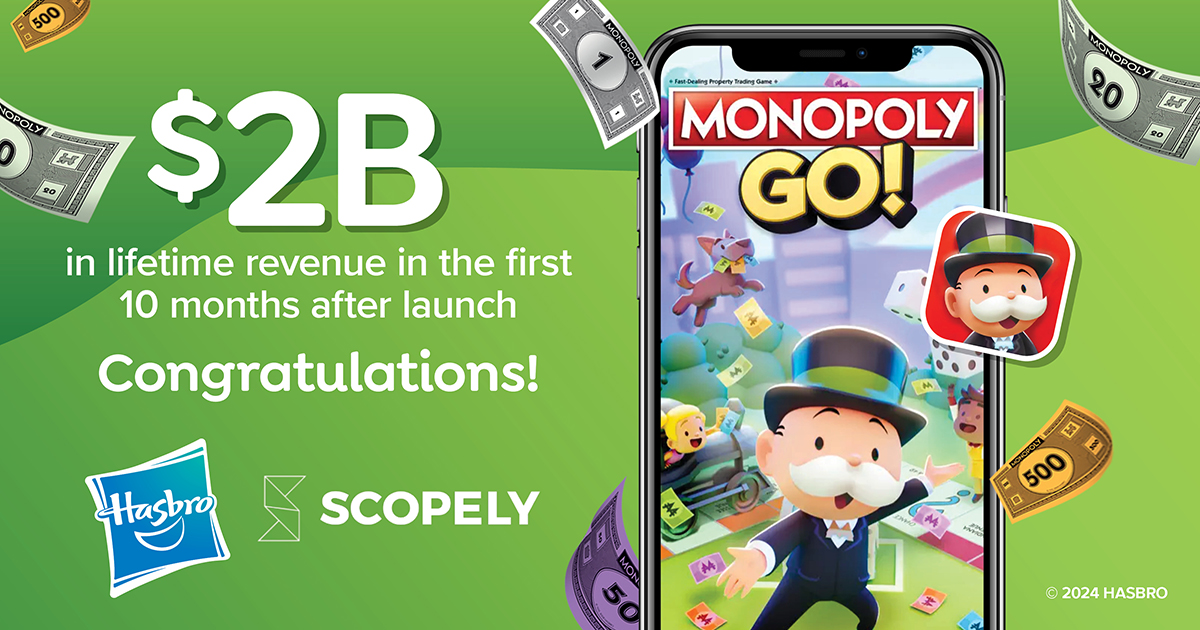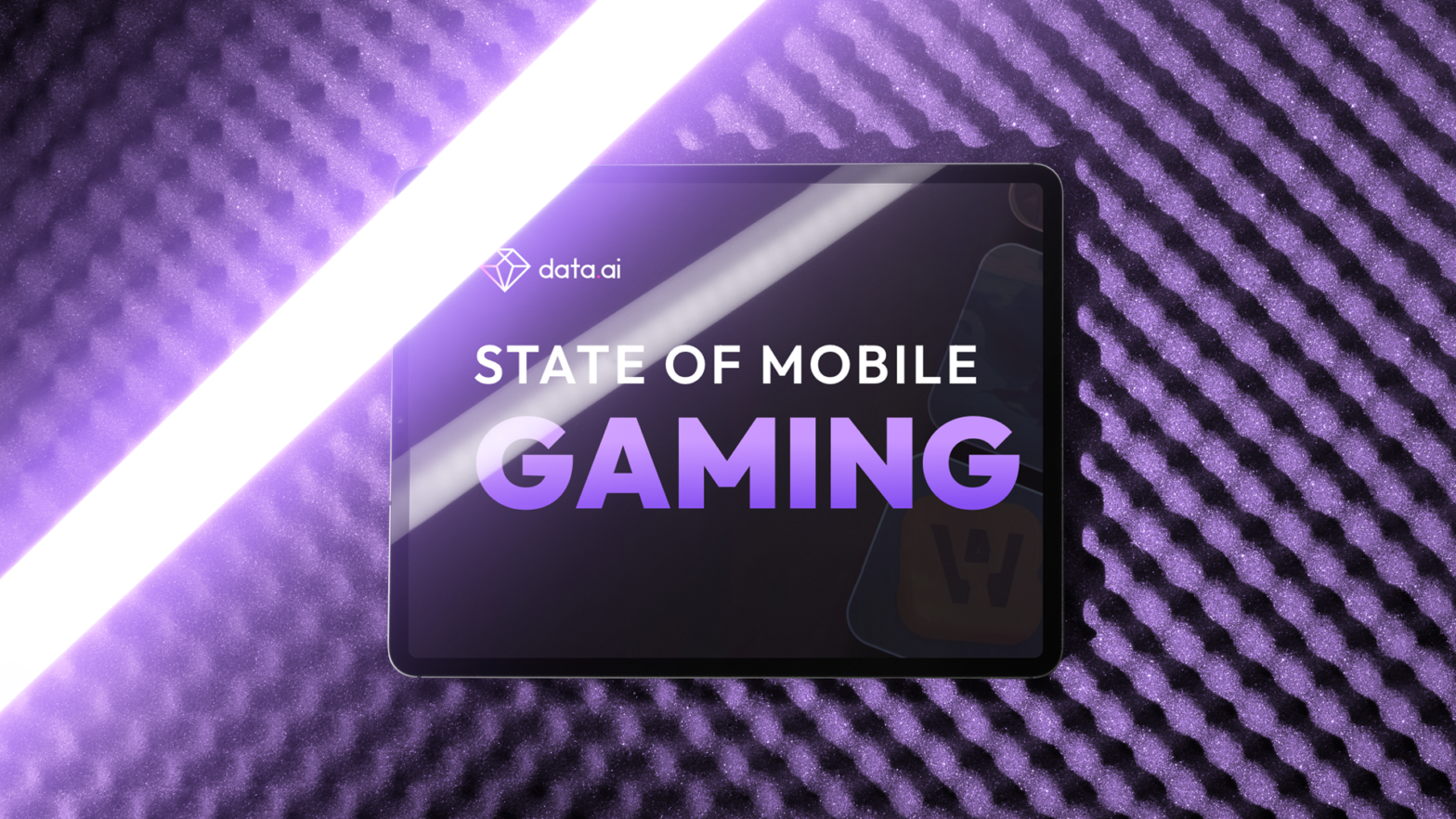Through cutting-edge game features that use blockchain technology, cryptocurrencies, and non-fungible tokens, Web3 is transforming the gaming industry. In this article, Derek T. Belford discusses the innovations and possible prospects for Web3 development.
In many respects, it democratizes gaming and gives players greater chances to thrive. A model that enables players to have this much power over a game has never been seen before. They may distribute that power over the whole ecosystem instead of focusing on just one game. Web3 development not only invents a brand-new game genre but also permits the incorporation of our history.
Web3 increases the attractiveness of creating and controlling your universe. Several metaverse games that leverage blockchain to provide development chances already employ this concept. After that, their users may develop original digital 3D venues. The idea worked effectively for popular metaverse games like Decentraland and The Sandbox.
What is Web3?

Web3 gaming is a means to provide gamers with a favourable atmosphere. Before we go into the specifics, what does web3 mean?
A brand-new idea for the internet called Web3 makes use of decentralized, essentially anonymous resources. It’s distributed among users rather than being retained by powerful tech companies. It is the subsequent development after Web1 and Web2.
Let’s examine the main characteristics of each stage of evolution.
Web1
Open-source software and standards were critical components of the first World Wide Web. Some of the most significant internet businesses, including Amazon and Google, climbed to prominence.
Web2
With a stronger emphasis on user-generated content, web2 gave rise to the era of blogs, social networks, and wikis. It supported social connections and content production and used some of the same Web1 features.
Web3
The updated Web3 uses a value-exchange approach instead of an information-exchange one. Self-sovereignty and a significant decentralization of the internet are also included.
We are now prepared to resume play.
How is the game business evolving as a result of web3?
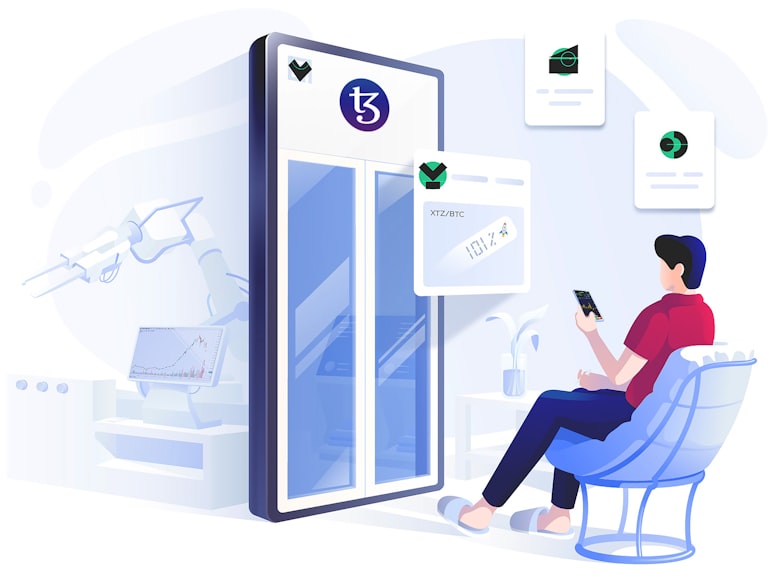
Possession and Compatibility
Because it enables actual ownership and interoperability in gaming, the web3 metaverse presents the most significant possibility for gamers. NFTs or blockchain technology can make this feasible. NFTs have emerged as the market’s favourite new face of web-3 gaming. They provide the chance to own practically every in-game asset, which is not offered by other gaming formats.
Side note: NFT games are just gaining momentum.
The user would spend real money in older video games for an in-game object. What happens if the player switches to a different game? The things you bought and the money you spent on numerous things are useless. Think about all the wasted gaming equipment now being used in virtual reality!

In web3 gaming, interoperability is essential. Players should be reassured about losing money since things mentioned earlier may be shared throughout different games. Players now have greater control and may switch between games at will. If you don’t wish to utilize the object, you are not required to keep it close by. To make them an investment rather than a one-time purchase, you may convert them into in-game NFTs that you can sell on secondary marketplaces.
Availability and Transparency
Web3 gaming stands out because it highlights the dispersed nature of the system. Contrary to centralized games, you are not reliant on a single server. Voting agreements may be used to expand blockchain-based games with additional features. More open web3 games may now be developed as a result. The web3 gaming environment is also autonomous and runs without intervention from any centralized authority, which guarantees outstanding availability.
Individual Experiences
Leading web3 game developers show how the success of the new gaming business depends on individualized experiences. Several prominent Web3 games place a high priority on giving players the finest rewards. One game that demonstrates how players may earn money while playing games is called «play-to-earn». An example of a play-to-earn web3 game is Axie Infinity. This well-known NFT play-to-earn blockchain game enables players to benefit from their gaming prowess and contribute to the ecosystem’s improvement.
Earning Potential
Players can earn money playing their favourite games wherever they are due to next-generation gaming systems. On the blockchain, players may also be able to buy and sell in-game tokens. Play-to-earn gaming systems will enable players to transcend economics and become products. The chance to upend the gaming business is enormous. Play-to-earn may provide gamers with a fresh revenue stream in economically troubled nations to help them get by financially.
Democratization of the Video Game Sector

The gaming industry has undergone massive transformation using blockchain and metaverse technologies. It decentralized the gaming industry by removing centralized game managers and platform owners. Web3 gaming uses cutting-edge technology like blockchain, DAO, the metaverse, and other advanced technologies like AR and VR to support the financial health and sustainability of the game business.
Although this sector is still in its infancy, there are many things to discover. Large game firms like Zynga and Ubisoft started looking into this sector. You may anticipate a sharp spike in demand once AAA-caliber web3 games are published.
Web3 games: A Few Instances
All digital games (web3 dApps) built on blockchain technology are closely connected to web3 games, also known as GameFi or play-to-earn. Every web3 game should provide players access to digital currency in the of cryptocurrency so they can exchange it for real-world items. Additionally, these assets may be traded on other chains and platforms.
The two primary kinds of web3 games are play-to-earn and walk-to-earn.
Play Games to Make Money

Because of its emphasis on decentralization, play-to-earn gaming differs from conventional gaming. This indicates that the game’s creators do not influence the result. Taking part in the game’s in-game economy may benefit both gamers and game producers.
The most well-known examples of play-to-earn games are these:
- Axie Infinity;
- Splinterlands;
- Alien Worlds;
- Silks.
Walk-to-Earn
Walk-to-earn games are another kind of GameFi. These games are built on a simple idea: instead of playing games, you stroll about and earn virtual goods. This new method rewards players for simple behaviours like walking. Several firms provide their users with games based on this idea, but two of the more popular ones are Walken and STEPN.
Conclusion

Web3 gaming’s transition is a logical development. The gaming sector is expanding quickly and can potentially drive technical advancements. With the help of new technologies that result from this move to web3, gaming will be at the forefront of technological breakthroughs.
Players and end users are also highly outspoken and blatant. Web3 game development companies and web3 developers must also know their deliverables to stay up with shifting situations. A terrific moment to start playing web-3 or blockchain games is right now. The prospects are enormous and will only increase as the transition to web3 becomes more commonplace.
840





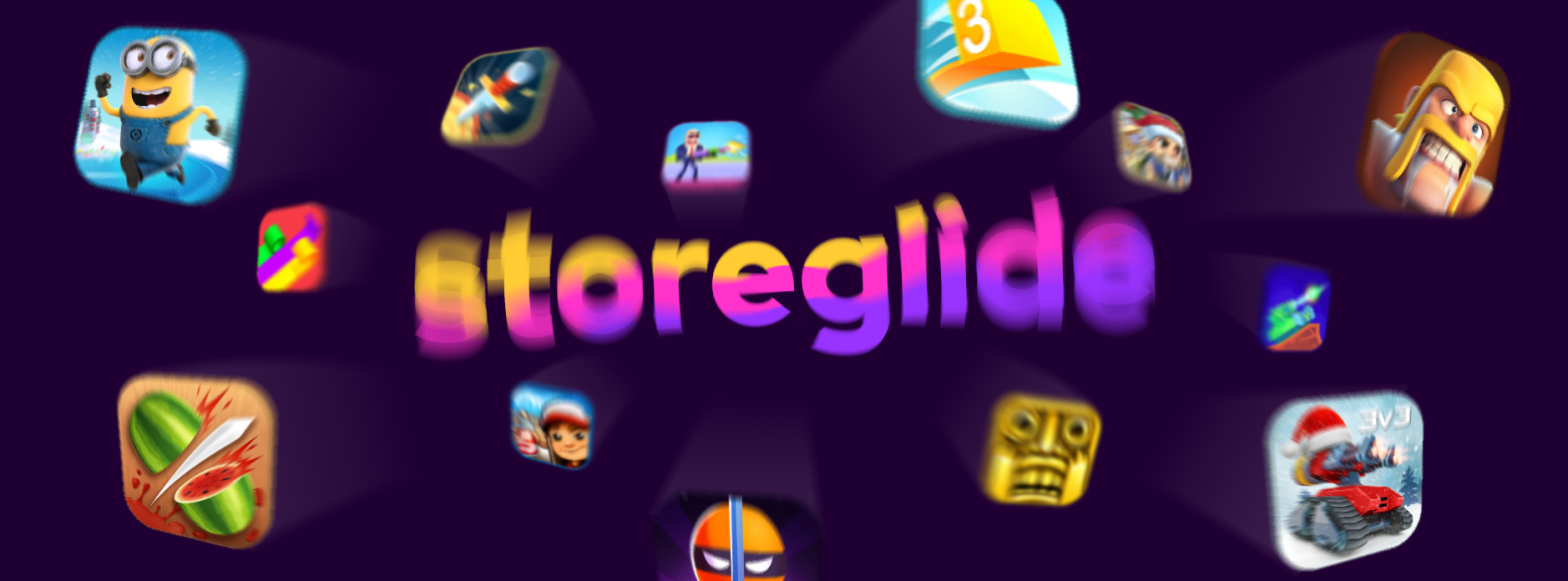


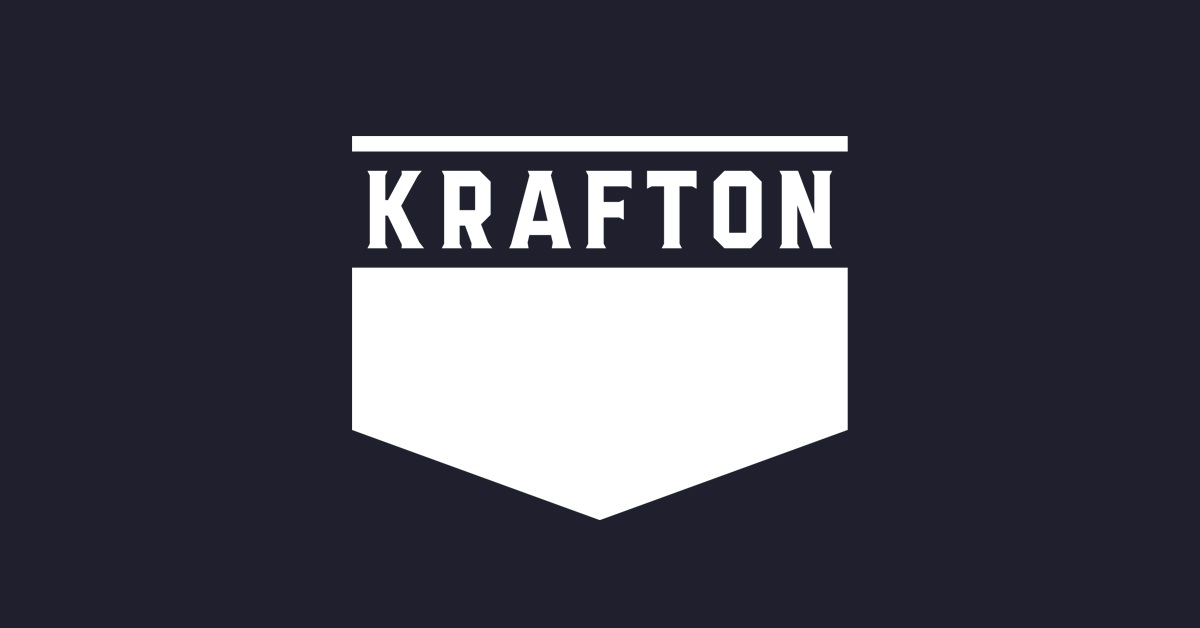

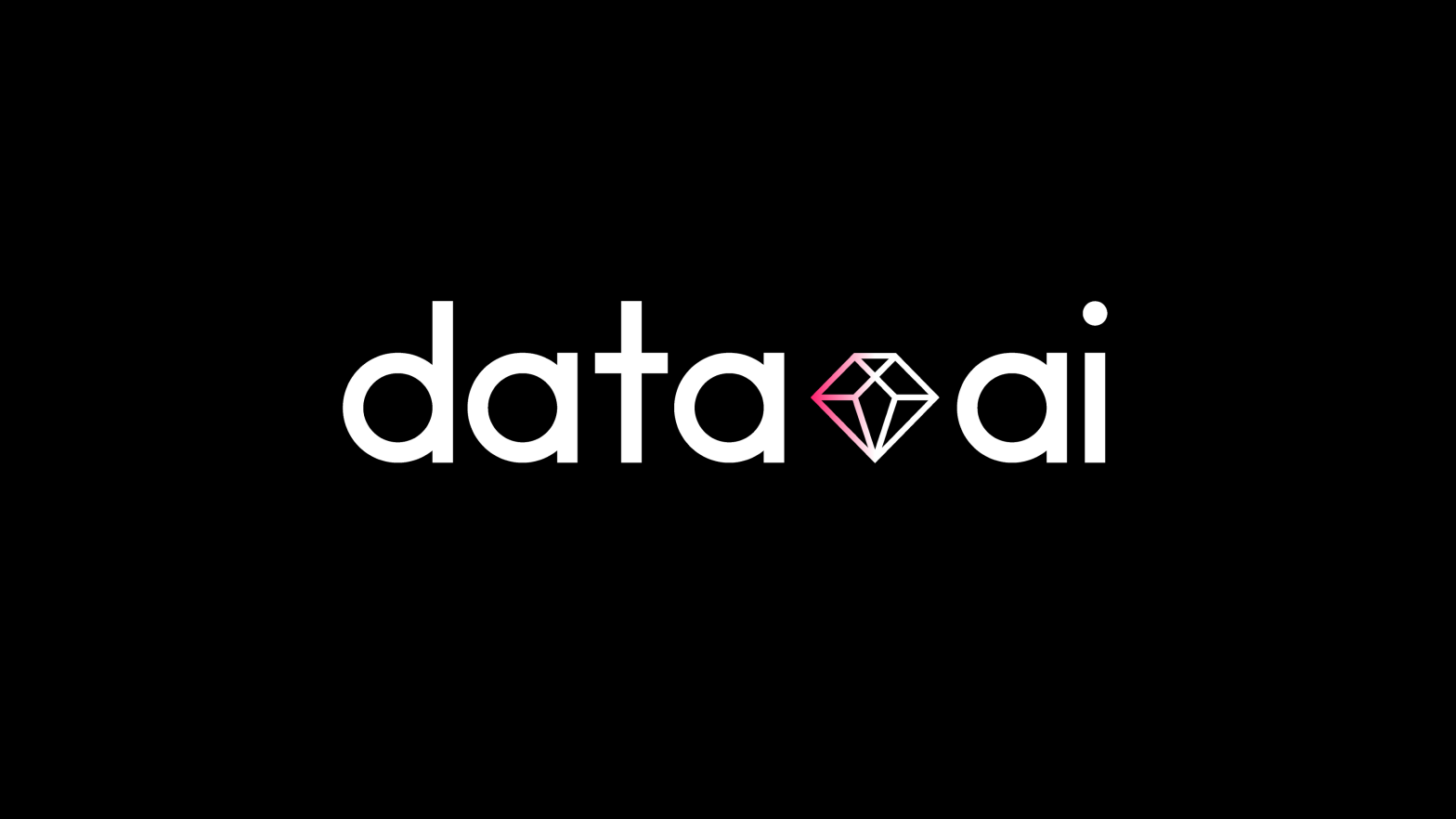
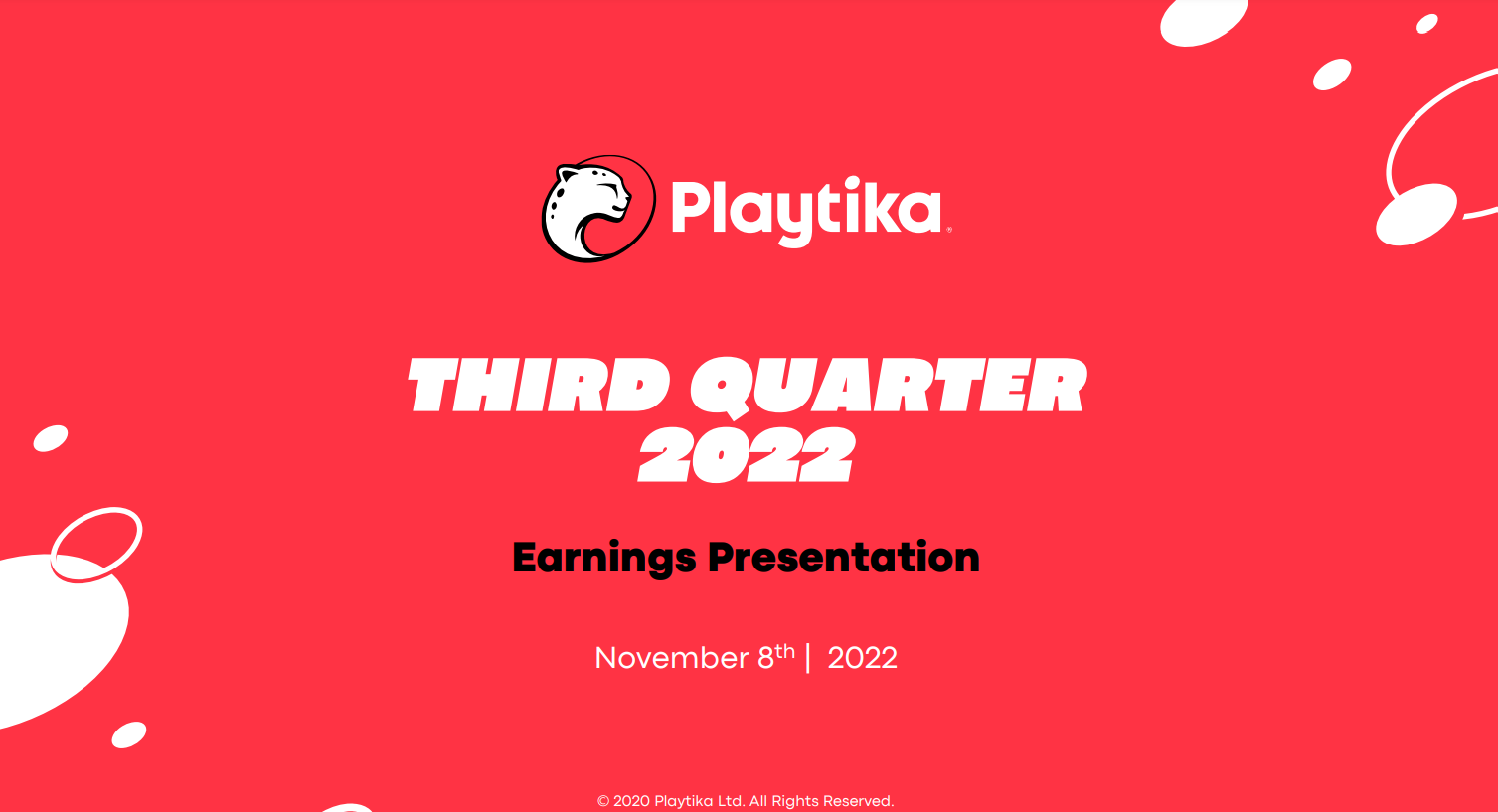
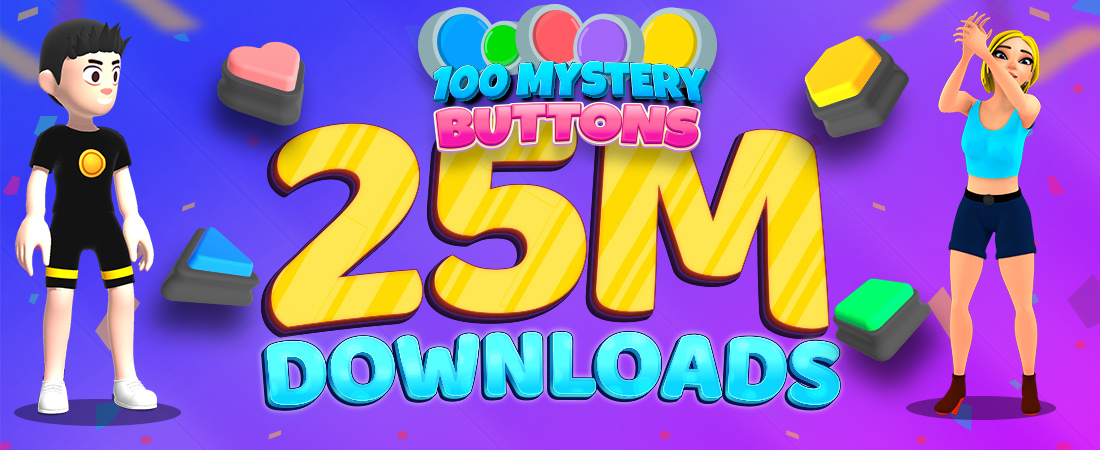
 3 minutes
3 minutes







 2 minutes
2 minutes
